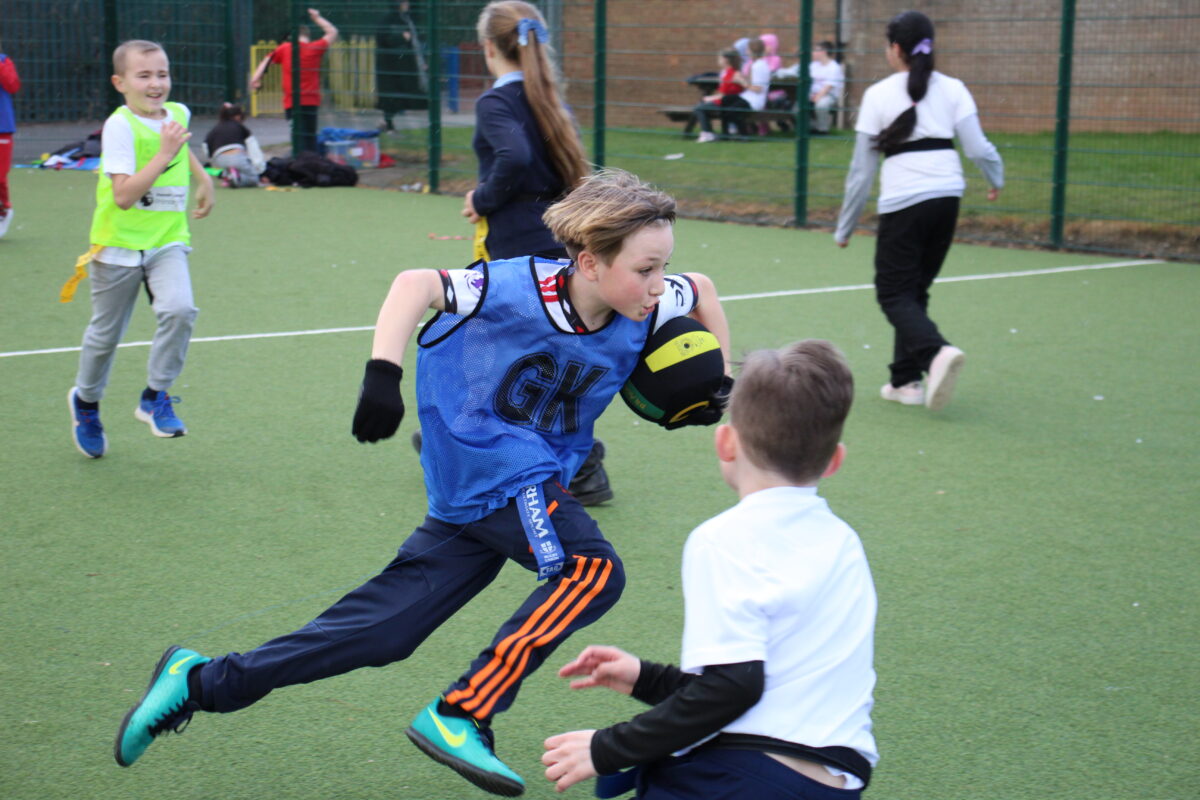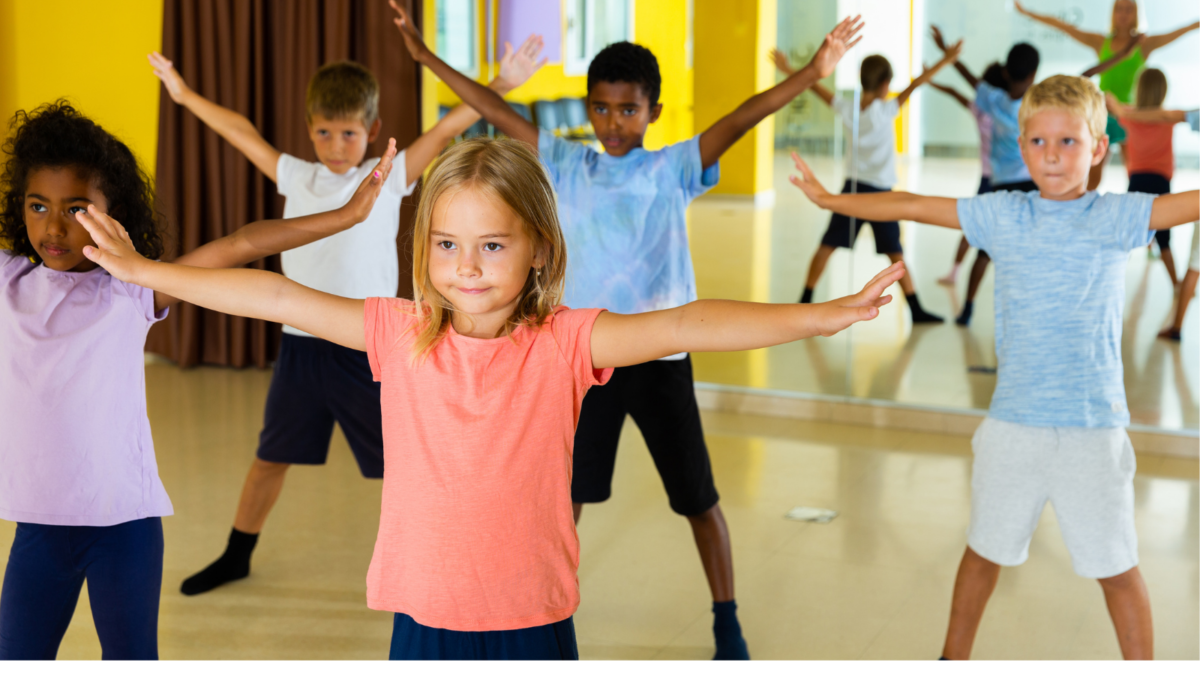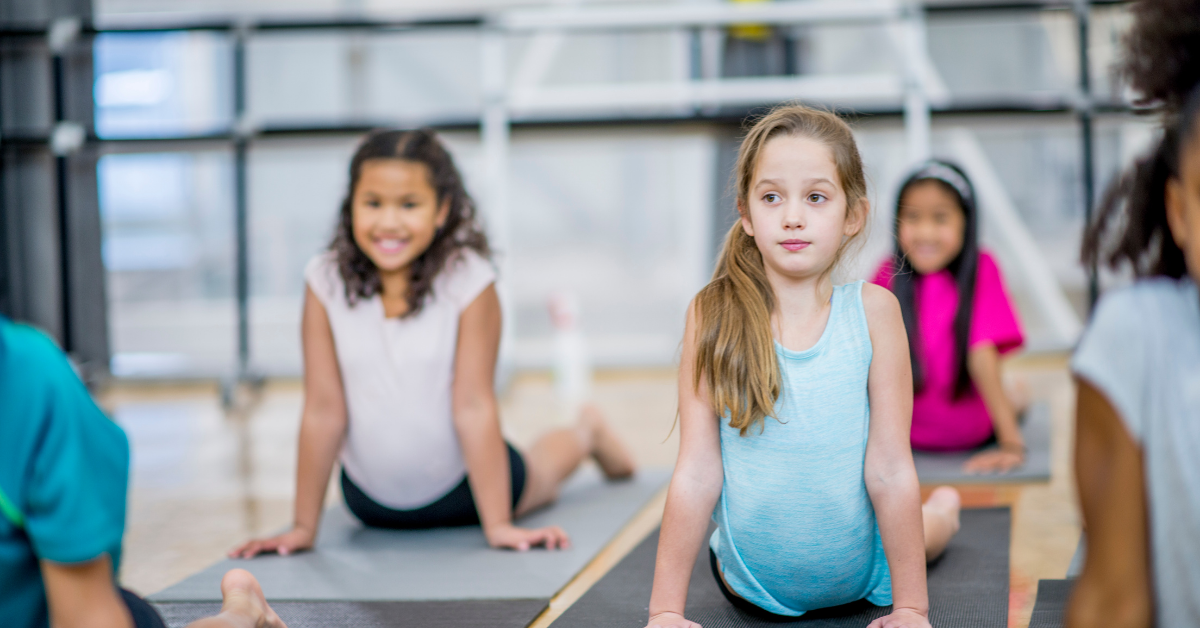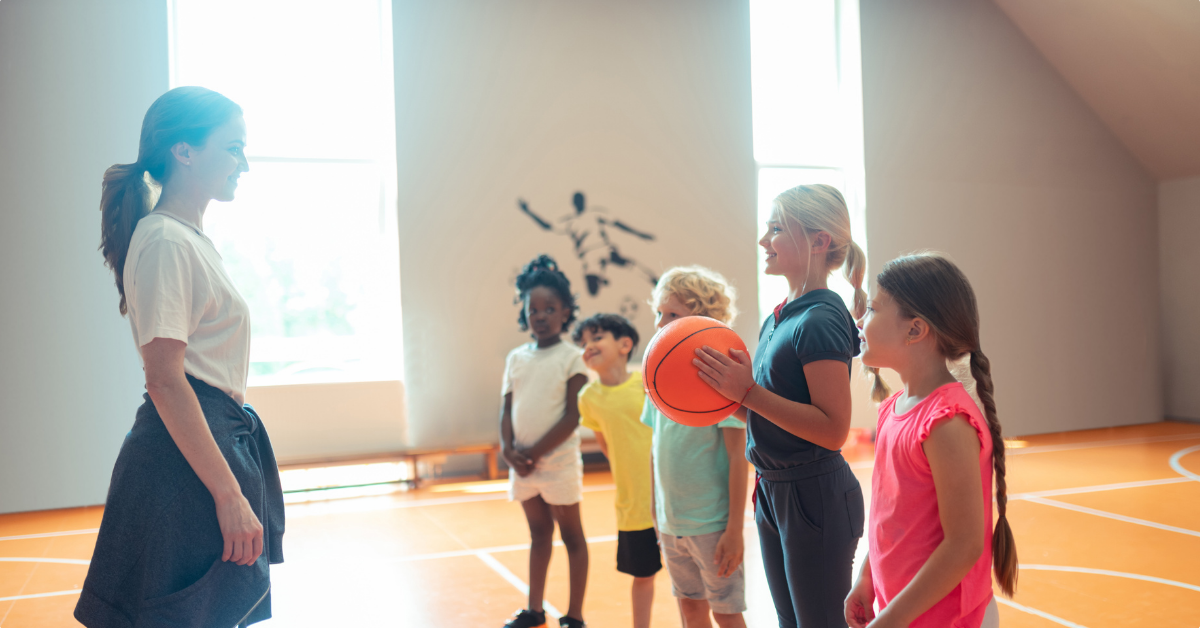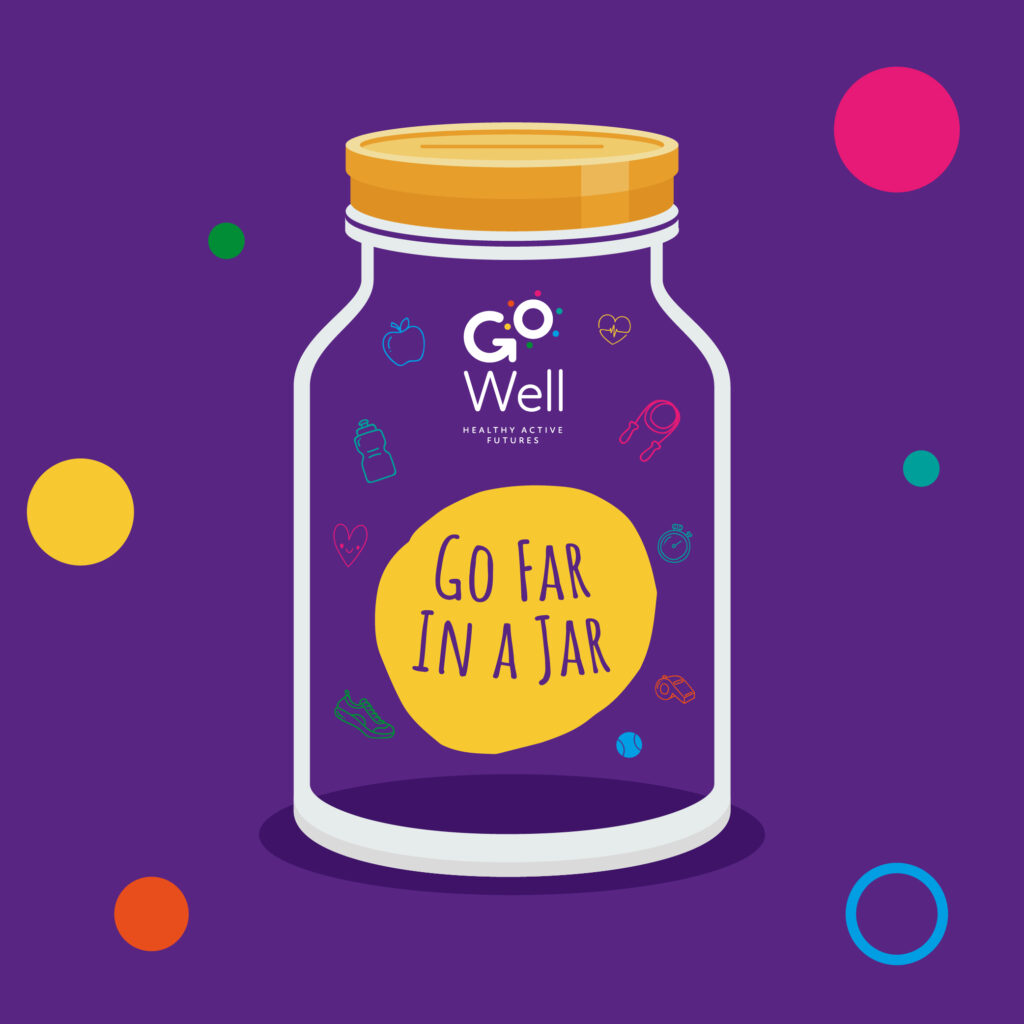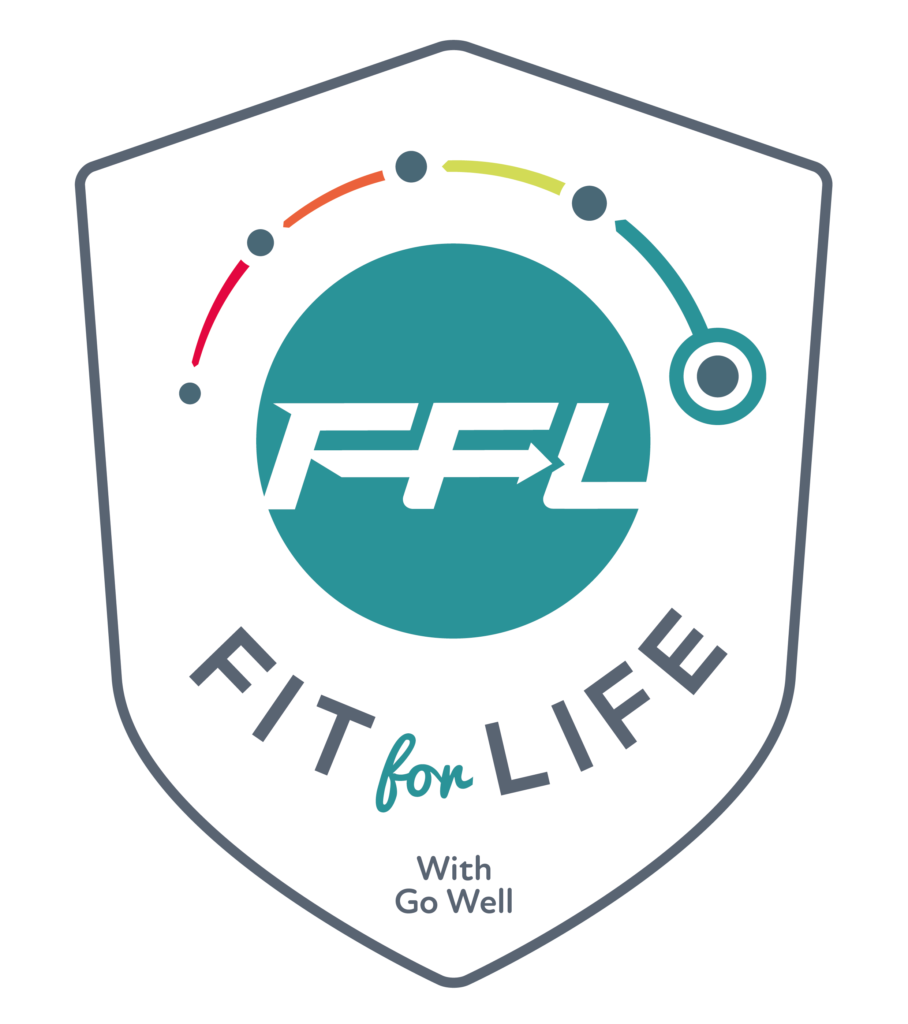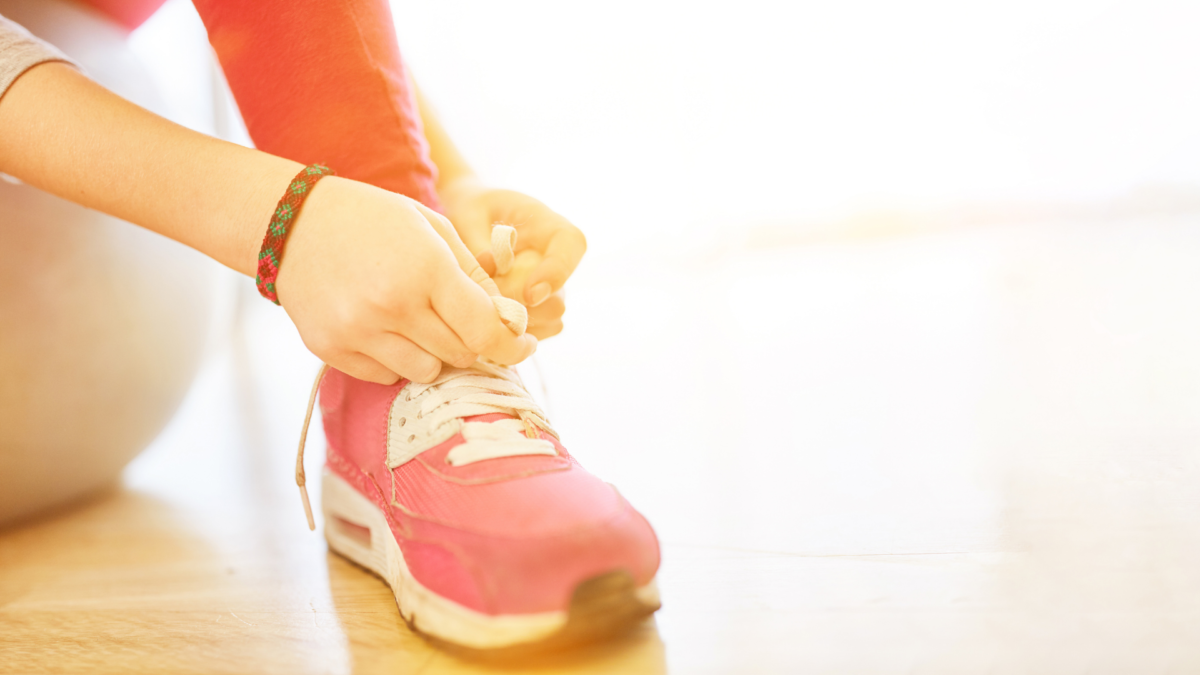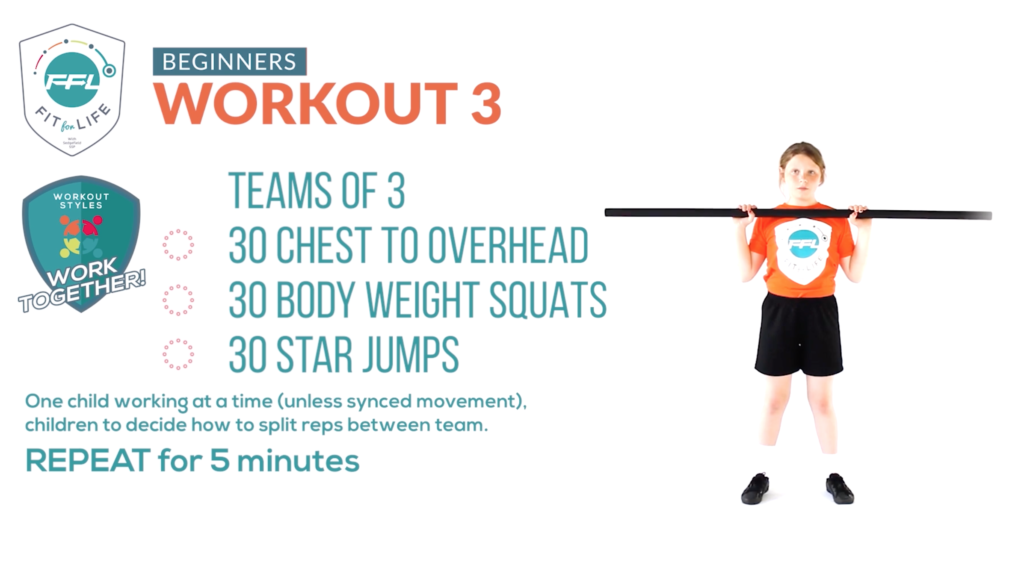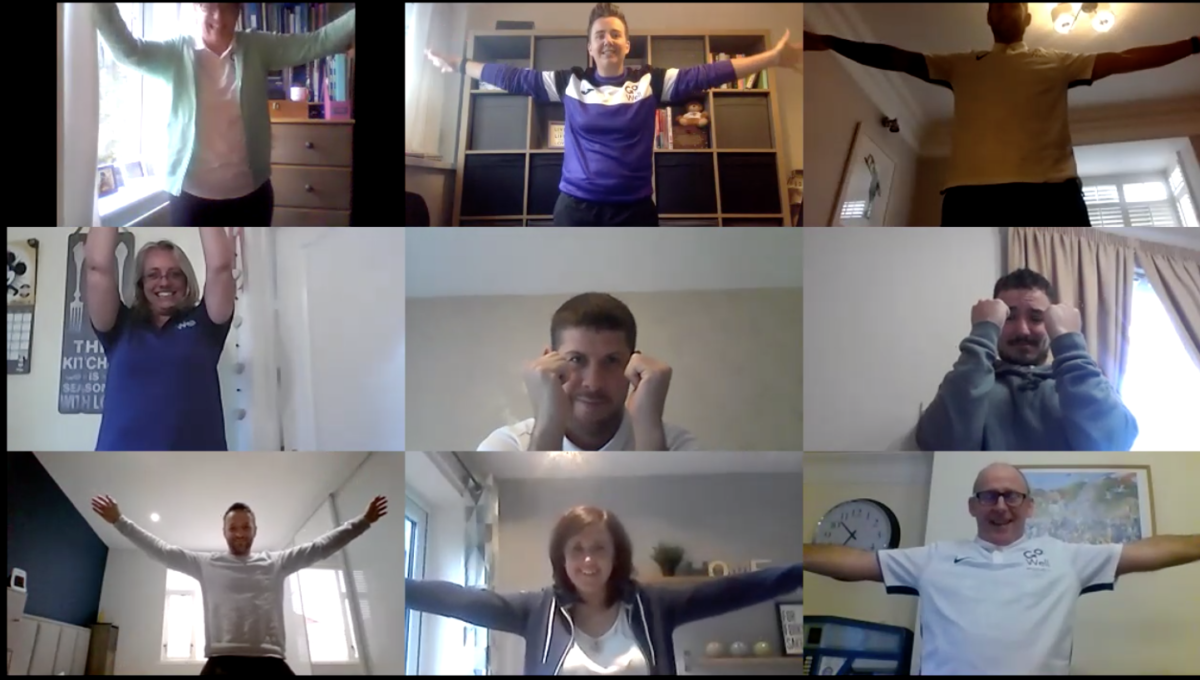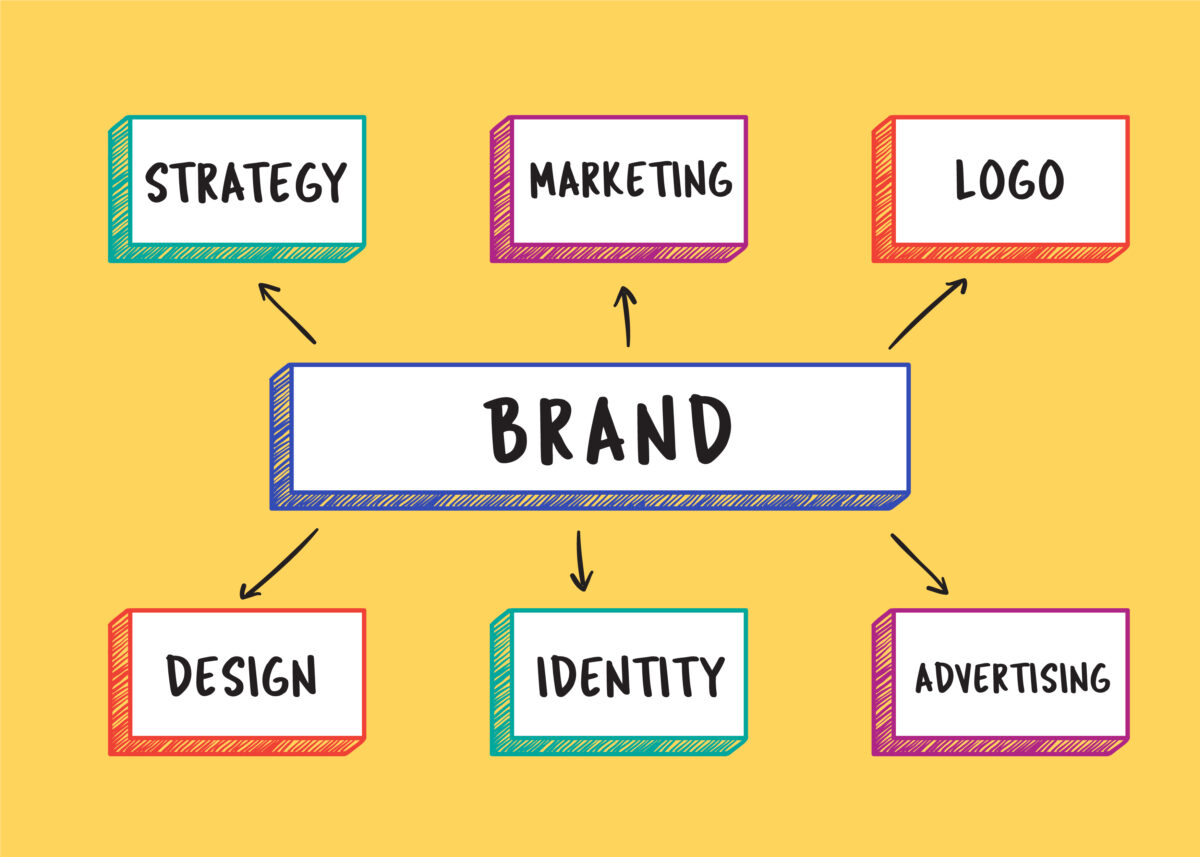Activity days in schools are a fantastic opportunity to engage children in movement, introduce them to new sports or activities and create lasting memories. Whether the goal is to promote teamwork, spark an interest in a new activity, or simply provide a fun-filled experience, the key to a successful day lies in thoughtful planning and execution. Here are four essential tips to maximise the impact of an activity day in your school.
1. Define the Purpose of the Day
Before choosing an activity, consider the ‘why’ behind the event. Is it about fostering friendships, boosting confidence, raising mood or introducing a new sport? Do you want to make an impact across the whole school? Or a particular Key Stage? Once you have defined your purpose and target group you can then choose the right activity to bring about the desired impact.
2. Choose the Right Activity for Your Pupils
If the aim is to encourage teamwork and social connections, choose activities that will bring about opportunities to focus on these; activities such as PE Escape Room or Dragonball. If the aim is to boost morale and wellbeing a Colour Run would be perfect. Also consider, different activities will suit different ages and abilities. Younger children may struggle to play a game of Quidditch but will thrive in imaginative, storytelling-based experiences like Move with Max. A well-matched activity helps to ensure that every child is engaged and has a positive experience.
3. Create a Positive Atmosphere
The energy and enthusiasm of staff play a huge role in shaping the day’s success. Make sure all adults involved are engaged, encouraging and ready to celebrate participation, effort and achievements. Whether it’s a Ready Set Glow Day or a Silent Disco, a positive and inclusive atmosphere will encourage children to take part and immerse themselves fully in the activity.
4. Think Beyond the Day
Activity days can be a one-off fun experience but they can also be the spark for continued engagement in movement for some children. If the activity day is about giving children a taste of a new sport and some children love the sport they tried, how can they continue it? Ensure there’s a follow-up plan, such as equipment on the playground, an after-school club, or links to a community club so children can keep participating if they would like to.
Final Thoughts
Activity days can be more than just a one-off fun experience – they can be a springboard for developing confidence, skills and a lifelong love of movement.
By defining the purpose, selecting the right activities, fostering a positive atmosphere, celebrating achievements and thinking about next steps, schools can make these days truly impactful for every child involved.
If you’re looking for a ready-made, high-quality activity day experience, our SMILE Days offer a variety of engaging options designed to inspire and energise your pupils. Get in touch to find out how we can bring an unforgettable and impactful experience to your school!

